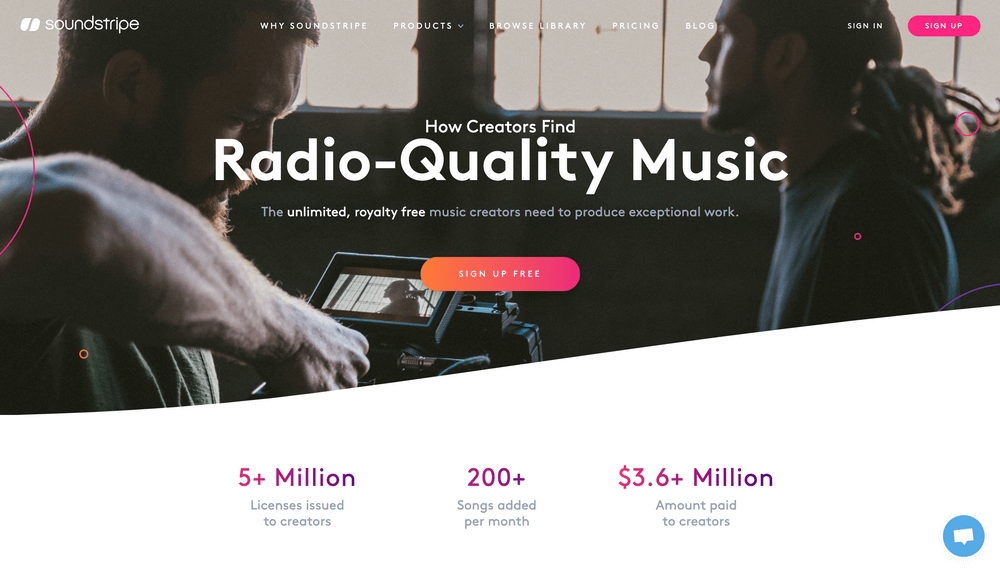Including Search Engine Optimization Ideal Practices Into Your Internet Site Layout for Improved Presence
In today's digital landscape, including Search engine optimization best practices right into your website design is no longer optional however a necessity for attaining boosted visibility and customer involvement. Recognizing this link can be the secret to opening your site's complete potential.
Key Words Optimization Methods
Grasping keyword optimization is a crucial aspect of efficient web site layout for search engine optimization. It involves tactically incorporating keyword phrases that possible site visitors might use to discover your material, therefore boosting online search engine rankings and driving targeted web traffic. The procedure begins with extensive keyword research study to recognize relevant terms that straighten with user intent and market trends. Using devices like Google Key phrase Planner or SEMrush can aid in uncovering high-volume, low-competition key words that use substantial chances for exposure.
Furthermore, enhancing photo alt messages and URLs with keyword phrases can better boost search engine indexing. It is critical, however, to stay clear of keyword padding, which can lead to charges from search engines and a poor customer experience. Website Design.
One more crucial facet is making use of long-tail keyword phrases, which are a lot more specific and much less affordable, commonly resulting in greater conversion prices. By concentrating on these niche expressions, websites can attract much more professional website traffic. Fundamentally, effective keyword optimization calls for a well balanced method, prioritizing individual intent and search engine guidelines.
Enhancing Mobile Responsiveness
A critical element of contemporary web site layout for search engine optimization is boosting mobile responsiveness. With an increasing number of individuals accessing internet sites via smart phones, making sure that your internet site adapts seamlessly across different screen sizes is vital. Mobile responsiveness not just boosts customer experience yet additionally significantly impacts online search engine rankings. Browse engines prioritize mobile-friendly web sites, making it necessary to design a site that operates effectively on both smartphones and tablet computers.
To achieve optimal mobile responsiveness, consider applying a receptive web design (RWD) technique. This method involves making use of versatile grids, layouts, and photos, making certain that material immediately gets used to various screen dimensions. In addition, utilizing CSS media queries can aid tailor designs for different devices, improving the overall aesthetic presentation.
An additional vital aspect is streamlining navigation for mobile customers. Streamlined food selections and touch-friendly elements make it less complicated for individuals to communicate with the website, decreasing bounce prices and boosting engagement. Moreover, focusing on content by showing one of the most appropriate details prominently assists users in swiftly accessing what they seek.
Speeding Up Tons Times

To enhance lots times, consider lessening HTTP demands by combining files such as CSS and JavaScript. Minimizing the dimension of photos without sacrificing high quality is one more reliable strategy; tools like ImageOptim or TinyPNG can be indispensable for this objective. In addition, leveraging browser caching can considerably improve lots rates by saving components of your website in users' browsers, decreasing the requirement for duplicated downloads.
Applying a web content delivery network (CDN) can also improve performance by dispersing your site's content across multiple locations globally, guaranteeing quicker gain access to for individuals despite their geographical place. Lessening the use of redirects and enabling compression through devices like Gzip can additionally enhance your web site's performance. By prioritizing load times, organizations can boost customer experience, boost search positions, and inevitably drive higher engagement.
Designing Intuitive Navigating

Instinctive navigating begins with simplicity and from this source uniformity. A clear, hierarchical structure permits individuals to comprehend the site's format instantly. Usage descriptive labels for food selection products, ensuring they mirror the material accurately. Stay clear of jargon or ambiguous terms that could puzzle site visitors. Carrying out breadcrumb tracks can further assist in navigation, offering individuals a visual course of their journey within the website.
In addition, incorporating a search bar supplies a straight course for users to find details material promptly. By prioritizing easy to use navigating, websites can improve involvement, reduce bounce rates, and improve general Search engine optimization efficiency.
Making Use Of Structured Data Markup
Structured data markup is a necessary tool for enhancing a site's search engine optimization by giving internet search engine with thorough information about the site's content. By executing organized information, web designers can aid internet search engine comprehend the context of the material, resulting in more exact indexing and possibly improved visibility in search results. This markup, normally in the kind of JSON-LD, Microdata, or RDFa, makes it possible for the production of abundant bits, which can include extra information such as reviews, ratings, events, and more.
Integrating structured data right into your internet site layout is crucial for attaining an affordable side in online search engine results pages (SERPs) Search engines like Google make use of organized data to present search results page in more engaging formats, such as expertise panels, slide carousels, and enhanced listings. This not only attracts even more clicks however additionally enhances the total user experience by supplying extra pertinent info upfront.
Additionally, structured information is a vital component in voice search optimization, as voice aides depend on accurate information to deliver exact reactions. Implementing organized information markup must be a priority from the style stage to make sure smooth combination and optimize its benefits. Following schema.org guidelines is suggested to keep consistency and compatibility throughout platforms.
Final Thought
Including Search engine optimization best practices into site design considerably improves exposure and individual involvement. By purposefully maximizing search phrases, ensuring mobile responsiveness, improving load times, developing user-friendly navigation, and using structured blog here data markup, sites can achieve higher search engine rankings and improved customer experiences.

While optimizing tons times is important for improving individual experience and search rankings, creating intuitive navigation is similarly crucial in guaranteeing individuals can easily access and connect with internet site web content - Website Design. By tactically enhancing key words, guaranteeing mobile responsiveness, improving lots times, creating user-friendly navigation, and making use of organized data markup, websites can attain greater search engine rankings and boosted customer experiences